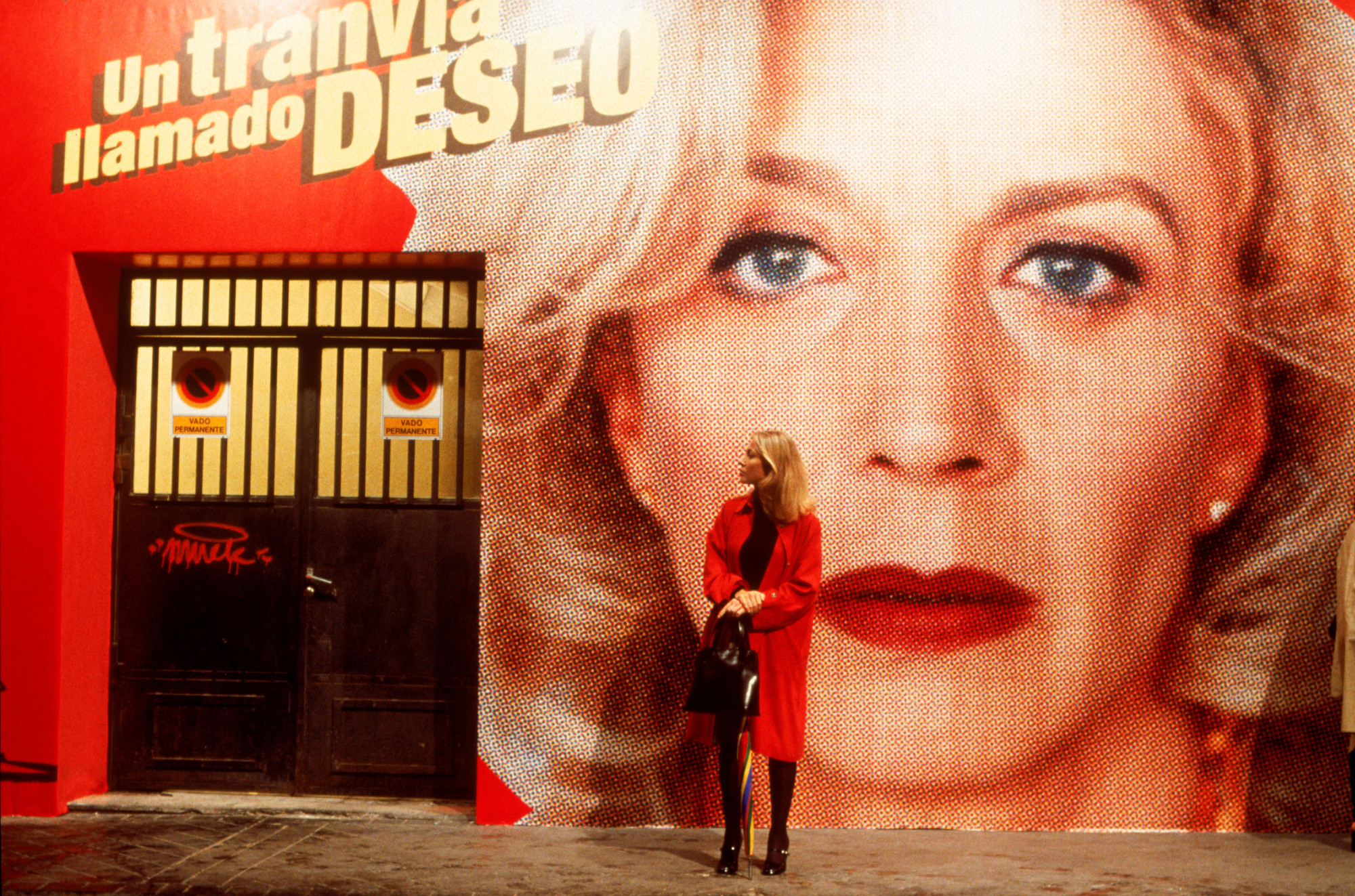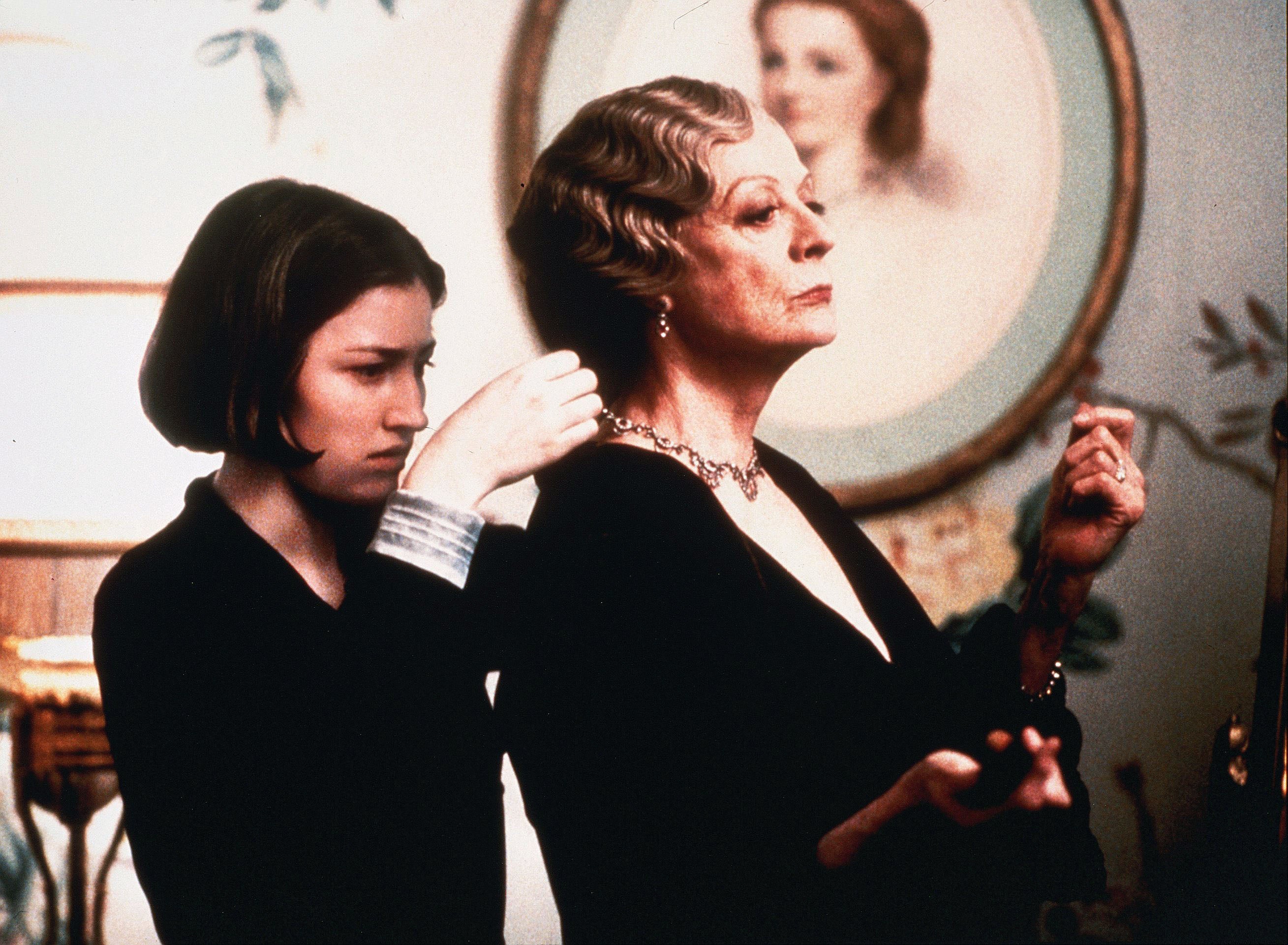Description
The grave deed of what is commonly known as the Bernard Haal monument is held by the clergy.
Henri Dominique de Neunhäuser was born on 11 January 1755 in Arlon. The son of François de Neunhäuser, a deputy of the Assembly of Estates (États du Luxembourg), and Marie-Élisabeth Seyl, he studied at the Athénée de Luxembourg, the University of Leuven and finally the Trier seminary. He was ordained as a priest in 1779, and in 1781 was assigned to the Steinsel parish. During the revolutionary period, he settled in Vienna, where he served as chaplain to Prince Hieronymus von Colloredo. He returned to Luxembourg City in 1800, and in 1803 was promoted to the position of parish priest for Saint Peter's Parish; the church was renamed Notre-Dame Church in 1844. In 1806, the bishop of Metz, under whose purview Luxembourg fell at the time, appointed him pro-vicar responsible for managing church affairs in the Département des Forêts. The bishop also made Henri Dominique de Neunhäuser canon and archdeacon of the Metz diocese. A highlight of Neunhäuser's career came about in 1807, when the clergy were handed the keys to Luxembourg City. This came in the wake of Napoleon's visit in 1804, when he promised to entrust them with the keys to Notre-Dame de Luxembourg. In 1823, Neunhäuser was appointed vicar capitular for the Grand Duchy. He spent his life helping the poor and funding scholarships for underprivileged students. When the former Franciscan monastery on Place Guillaume II was demolished in 1829, Neunhäuser managed to salvage some of the furniture and decorations, which he placed in Saint Peter's Church. Neunhäuser was chair of the Athénée Committee and in charge of academic scholarships to the school. He died on 22 July 1831 at the venerable age of 76.
The grave also commemorates Charles-Hubert Weber, who was born in Echternach on 19 December 1819 and ordained as a priest in Namur in 1842. He was appointed curate of Notre-Dame parish on 30 September 1842. In 1846, the vicar apostolic, Jean Théodore Laurent, tasked him with managing the Notre-Dame parish. On the authority of Luxembourg City bishop Nicolas Adames, Weber expanded the pilgrimage honouring Our Lady of Consolation. In 1857, he founded the Marienverein, club for Catholic girls to come together and create beautiful embroideries and other altar decorations, and thus serve the House of God. Weber was involved in the major events surrounding the canonical coronation of Our Lady of Luxembourg in 1866 and the elevation of the Notre-Dame Church to cathedral status in 1870. Weber retired on 21 November 1883 when Joseph Koppes was appointed Bishop. He died in Marienhof (Limpertsberg) on 13 January 1884. Charles-Hubert Weber was the author of Leben der Schwester Monika, geborene Margaretha von Busbach, Wittwe von Wiltheim, Gründerin der Congregation U.L. F. in der Stadt Luxemburg (1857).
The monument commemorating him was erected in 1914 by city craftsmen to mark the 50th anniversary of the "Gesellenverein", which Michel Bernard Haal founded in 1864. Born on 25 November 1832 in Grevenmacher, this priest, who also held a doctorate in theology, founded the Maison des Artisans (House of Craftsmen), modelling it after the "Kolping-Verein", which Adolphe Kolping established in Germany in 1846. At the dawn of the Industrial Revolution and the beginnings of the Fortress of Luxembourg, Bernard Haal was committed to providing training and moral support to apprentices, journeymen and master craftsmen. Haal advocated expanding the public festival of Émaischen as a spiritual festival that also celebrated crafts. Bernard Haal led the Saint Cécile Choir at the Notre-Dame de Luxembourg Church from 1866 to 1869. He also taught at the Athénée de Luxembourg. He was appointed secret papal chamberlain to His Holiness Leo XIII, as well as senior parish priest of Saint Michael's in 1876, and canon in the Cathedral chapter. Haal was criticised harshly for administering last rites to people who did not request them and for forcefully opposing the interment of Catholics and non-Catholics together in the same burial grounds. Haal's grave lies at the foot of the large cross flanked by Saint Mary and Saint John. It symbolises this battle for interment in holy ground in a public, municipal cemetery. The Grand Duke bestowed the title of Officer of the National Order of the Oak Crown upon Bernard Haal. Haal died on 5 October 1913. A street in Belair was named after him in 1932


















